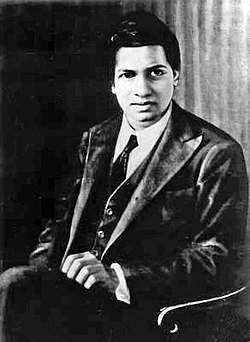📘 ✨ 🧮 ⚛️ Equations that Shaped History
← Back to the Mathematics Reading Guide 🧭 🧮
← Back to the Mathematics Section 🧮

1 📘 ✨ 🧮 ⚛️ Equations that Shaped History
Over the centuries, certain formulas have stood out for their beauty, depth, and impact. This section celebrates these jewels of mathematics and physics.
1.1 🧠 Euler’s Identity
\[ e^{i\pi} + 1 = 0 \]
Connects the five most fundamental numbers in mathematics: \(e\), \(i\), \(\pi\), \(1\), and \(0\). Considered by many the most beautiful equation of all.
1.2 📡 The Wave Equation
\[ \frac{\partial^2 u}{\partial t^2} = c^2 \frac{\partial^2 u}{\partial x^2} \]
Models vibrations in strings, sound, light, and other waves. Appears naturally in physics, engineering, and partial differential equations (PDEs).
1.3 🔢 Ramanujan’s Formula for \(\frac{1}{\pi}\)
\[ \frac{1}{\pi} = \frac{2\sqrt{2}}{9801} \sum_{k=0}^\infty \frac{(4k)!\,(1103 + 26390k)}{(k!)^4\,396^{4k}} \]
This series converges extremely quickly and has been used in modern high-precision algorithms to compute \(\pi\). Discovered by Ramanujan through pure mathematical intuition.
1.4 🌌 Newton’s Law of Universal Gravitation
\[ F = G \frac{m_1 m_2}{r^2} \]
Describes the gravitational attraction between two massive bodies. Foundation of classical mechanics and astronomy.
1.5 🌊 Schrödinger’s Equation (Time-Independent Form)
\[ -\frac{\hbar^2}{2m} \nabla^2 \psi + V \psi = E \psi \]
Fundamental equation of quantum mechanics. Determines the behavior of the wave function \(\psi\) of a quantum particle.
1.6 ⚡ Maxwell’s Equation for the Electric Field (Differential Form)
\[ \nabla \cdot \vec{E} = \frac{\rho}{\varepsilon_0} \]
One of Maxwell’s four equations governing electromagnetism. This one describes how charges generate electric fields.
← Back to the Mathematics Reading Guide 🧭 🧮
← Back to the Mathematics Section 🧮
Blog do Marcellini — Exploring Mathematics with Rigor and Beauty.
Created by Blog do Marcellini with ❤️ and code.